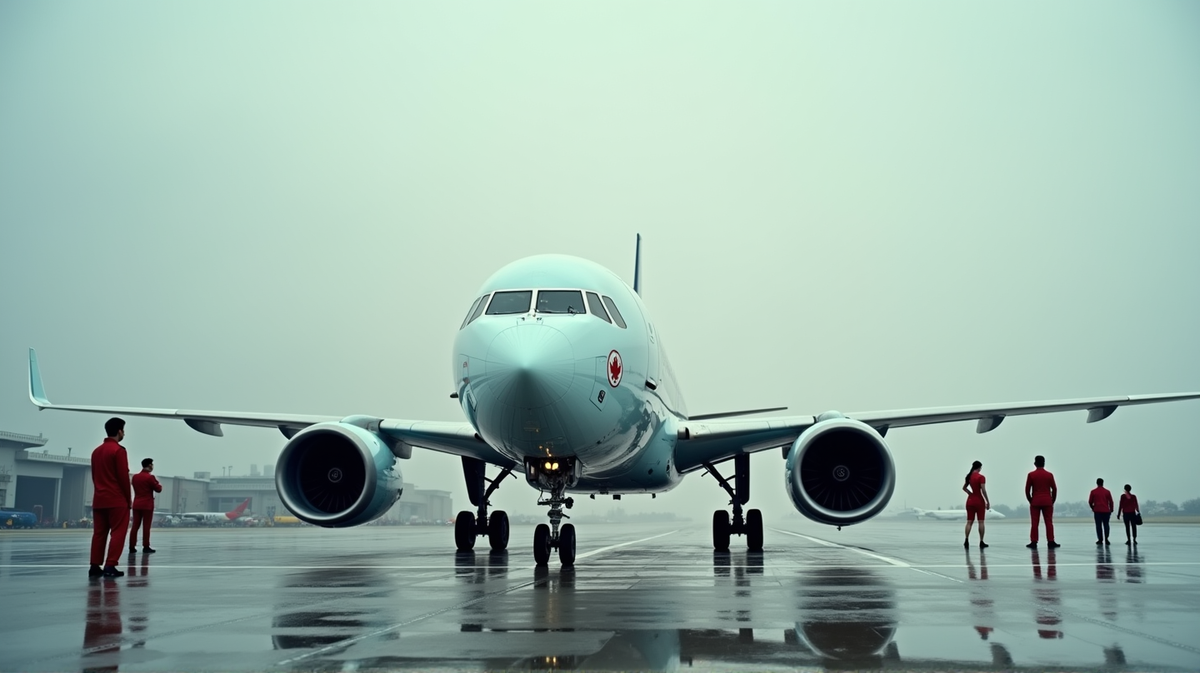Air Canada Flight Attendants Ordered Back Amid Strike Turmoil
Discover the reactions to Air Canada's flight attendants' strike order and how it impacts passengers across Canada.

The Unexpected Turn
In an unexpected governmental intervention, Air Canada’s flight attendants were ordered back to work through binding arbitration, a decision made amid ongoing labor disputes that had grounded flights across the nation. This order came less than twelve hours after Air Canada announced a suspension of services due to unresolved issues primarily related to wages and unpaid work. As stated in Global News, the federal government’s swift action has led to diverse reactions across Canada.
Flight Attendants’ Perspective
Striking attendants had been demonstrating to bring attention to their grievances regarding inadequate compensation. However, the government’s order has left them feeling angry and disappointed. According to Global News, this move is seen by many as undermining their rights to strike and collectively bargain, issues that remain central to the labor union’s platform.
The Impact on Travellers
The labor dispute disrupted travel plans for thousands. Passengers found themselves stranded at airports, scrambling to find alternative travel options. Many expressed frustration not just over the canceled flights but also over the sudden changes and lack of communication surrounding the strike and its resolution. Travelers’ stories of distress highlight the broader implications of such labor disputes on Canada’s transportation network.
Political Ramifications
This government intervention has sparked political debates, with some viewing it as a necessary step to stabilize transportation services, while others criticize it as an infringement on workers’ rights. The Air Canada union labeled the order a violation of Charter rights, emphasizing the tension between federal oversight and labor rights advocacy.
Looking Ahead
As binding arbitration proceeds, it remains to be seen whether a long-term resolution will address the underlying issues faced by Air Canada flight attendants. This event underscores the complexities in balancing economic needs with fair labor practices and highlights the ongoing challenges in Canada’s aviation industry.
Conclusion
The recent Air Canada strike and the subsequent government-invoked arbitration have unveiled a critical discussion on labor rights and governance. As travelers, attendants, and policy-makers navigate through the aftermath, the situation serves as a crucial case study for future labor relations across the nation.





